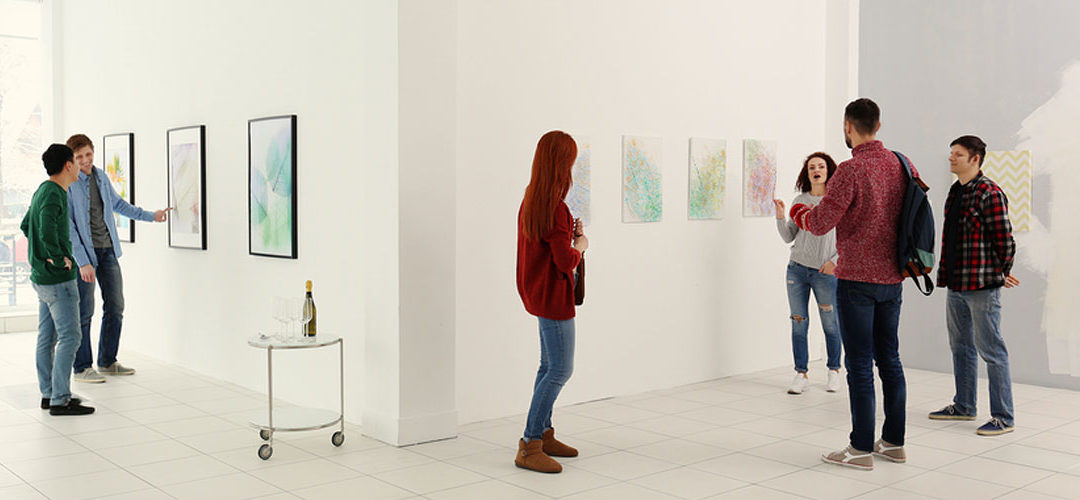There is some ambivalence between the arts and the business communities
Is there any real use for the plays of Beckett or the paintings of Delacroix? The idea that the arts could boost your business might sound like something out of a poorly-received fantasy novel, but the economic benefit of the arts is very much a reality.
First, let’s make clear that nonprofit arts and cultural organizations command a lot of money. Americans for the Artsfound that in 2015, the nation’s nonprofit arts and culture industry generated $166.3 billion in economic activity — $63.8 billion in spending by the organizations themselves, which leveraged an additional $102.5 billion in event-related spending by their audiences.
Ok, so for every starving artist, there might be a few enjoying the $166 billion dollar pie — but how does this affect your business?
The arts are a people magnet
Championing and even hosting arts events at your business brings consumers to your area, who stay out later and spend more than they would without their aesthetic highs.
As Ken Fergeson, chairman of NBC Oklahoma, says, “There is a visible difference in places with a vibrant arts community. I see people looking for places to park, stores staying open late, and restaurants packed with diners.” The typical arts attendee spends $31.47 per person, per event, beyond the cost of admission, and arts events attract nonlocals—68.9% percent of nonlocals reported that the purpose of their visit was to “attend this arts event,” and they had twice as much event-related spending as their local counterparts.
Especially as federal support for the arts wanes (RIP NEA), businesses should appreciate the benefits they have reaped from their local arts organizations and manage their contributions accordingly.
Invest in the well-being of your employees
We know that the arts can drive spending and tourism in an area, but let’s consider what employee’s personal experiences of art can mean for their performance. One might think that encouraging employees to engage with the arts would only lead to an increase in pretentiousness, but that doesn’t seem to be the case. Robert L. Lynch, president and CEO of Americans for the Arts, says, “The arts build empathy, observation, and problem-identification and problem-solving skills, which translates to better customer service and a deeper understanding of the constituency.”
“Investments in arts and culture enhance the quality of life.”—Gov. Kim Reynolds
The 2017 edition of Business Contributions to the Arts found that businesses increasingly recognize the returns they gain on investing in the arts: between 2013-2016, the vast majority of companies either maintained or increased their support. Nearly 70 percent of companies surveyed responded that they offered board service opportunities at arts organizations for their employees, while 65 percent offered volunteer activities and 63 percent provided free or discounted tickets to arts events. Governor Kim Reynolds adds, “Investments in arts and culture enhance the quality of life, the third-highest measurement businesses use when gauging development trends … ahead of other factors such as corporate tax rates and incentives.”
The arts in practice
Offer your employees tickets to the local gallery, incentivize them with movie tickets, create a calendar with readings and performances in your area. The arts can offer your employees a mode of connection with their co-workers and customers, inspiration, and new ways of thinking. Let’s do away with the old business/arts divide: the arts can be a beautiful way to help solve the employee engagement crisis.

